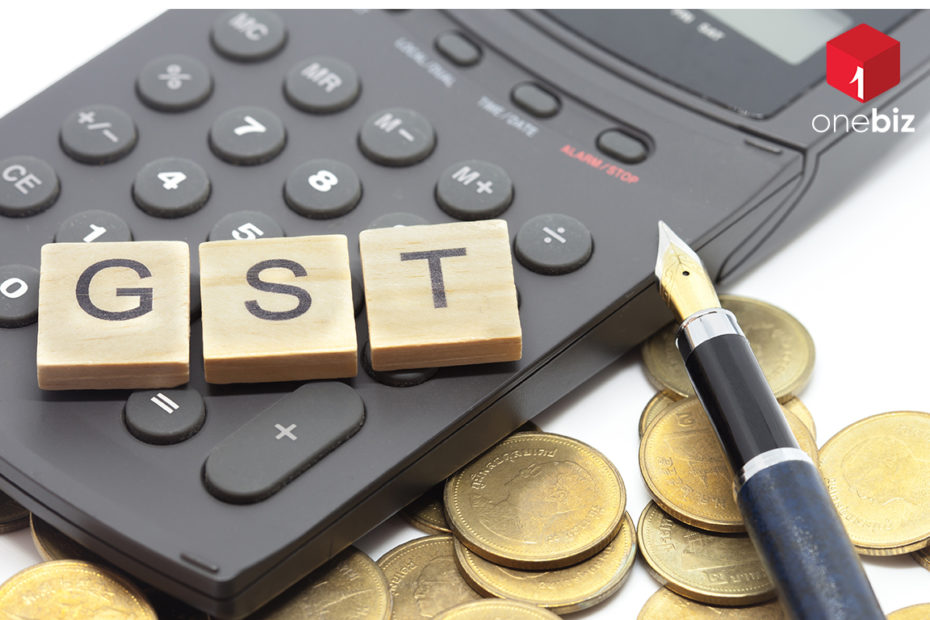The GST Council has recommended including food aggregators operating through food delivery apps & cloud kitchens which fall under restaurants services and they are now liable to pay GST. Currently, the chain of GST payments while ordering food online is incurred as the restaurants charge 5% GST on food bills and the food aggregators charge about 18% GST commission from these restaurants for delivery and marketing. All these taxes are eventually included in the customer’s bill. Restaurants pay GST at 18% on commission, charged by the food aggregators and GST at 5% is collected from the customers which again is paid to the Government.
The GST Council has decided on its 45th GST Council Meeting that w.e.f on 1st January 2022 food aggregators shall be responsible for collecting GST from customers and depositing it into the Government on its own account and the food aggregator services that deliver food services will likely be among them covered by this decision.
This will certainly help the Government to curb revenue as there were many unregistered restaurants, having a turnover below INR 20 lakhs, who were delivering foods via various food aggregators and still were not liable to pay the GST. The new regulations will lead to the supplies by smaller restaurants operating below INR 20 Lakh threshold limit further becoming taxable.
This shift in the collection of GST would not affect the end customers as there will be no new tax to pay. However, it may impact the compliances and maintenance of books of accounts for the restaurants. They will now have to maintain two separate books of accounts for their normal business and for food delivered through food aggregators. They would also be required to have smart bookkeeping and reconciliation measures, probably pushing greater use of technology though pushing costs towards the north.
As of now, the decision of the Government is yet to be seen on how the cascading effect of the tax will be addressed.
Also, read our article on “Various Food Delivery Business Model“
